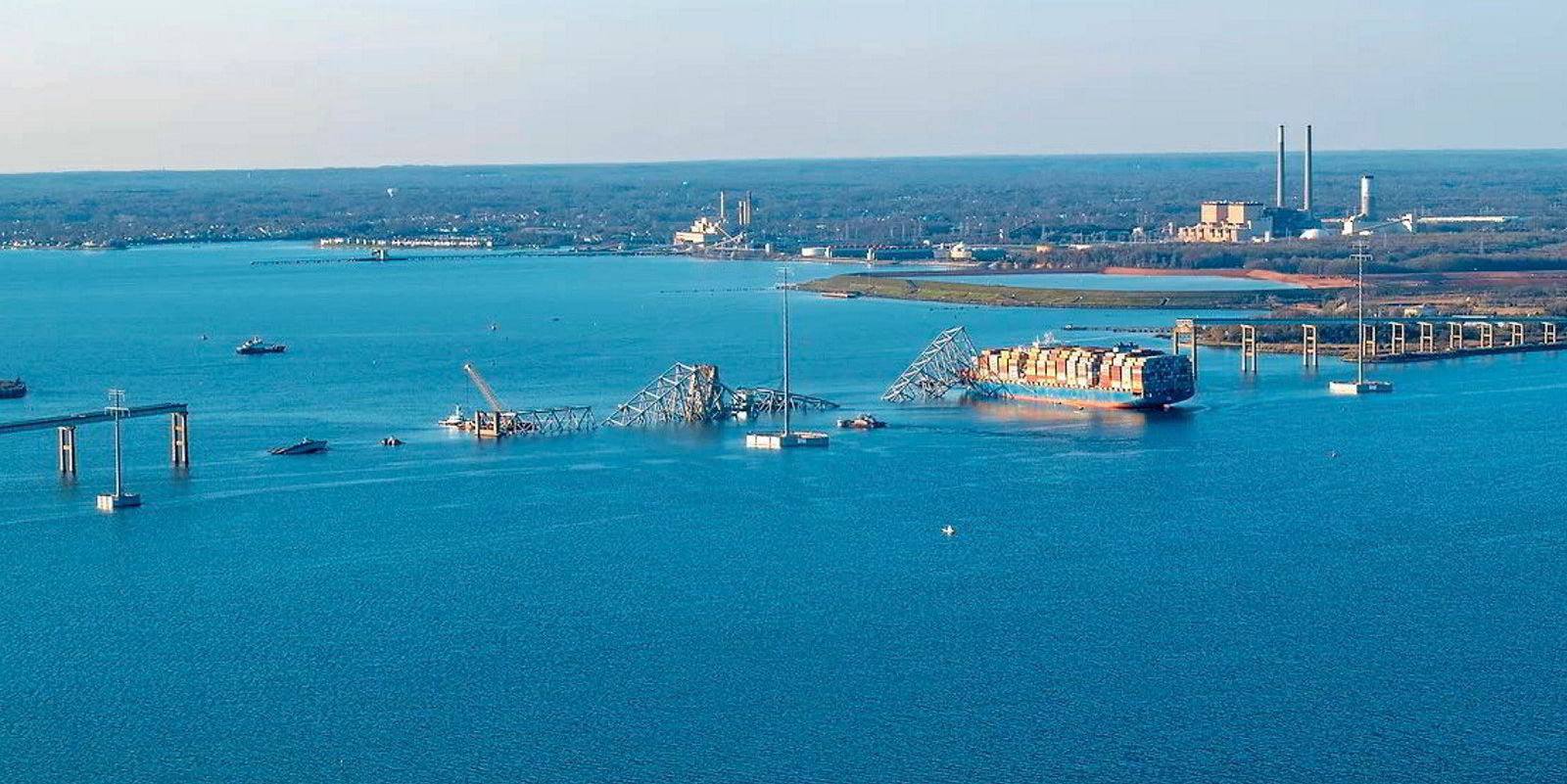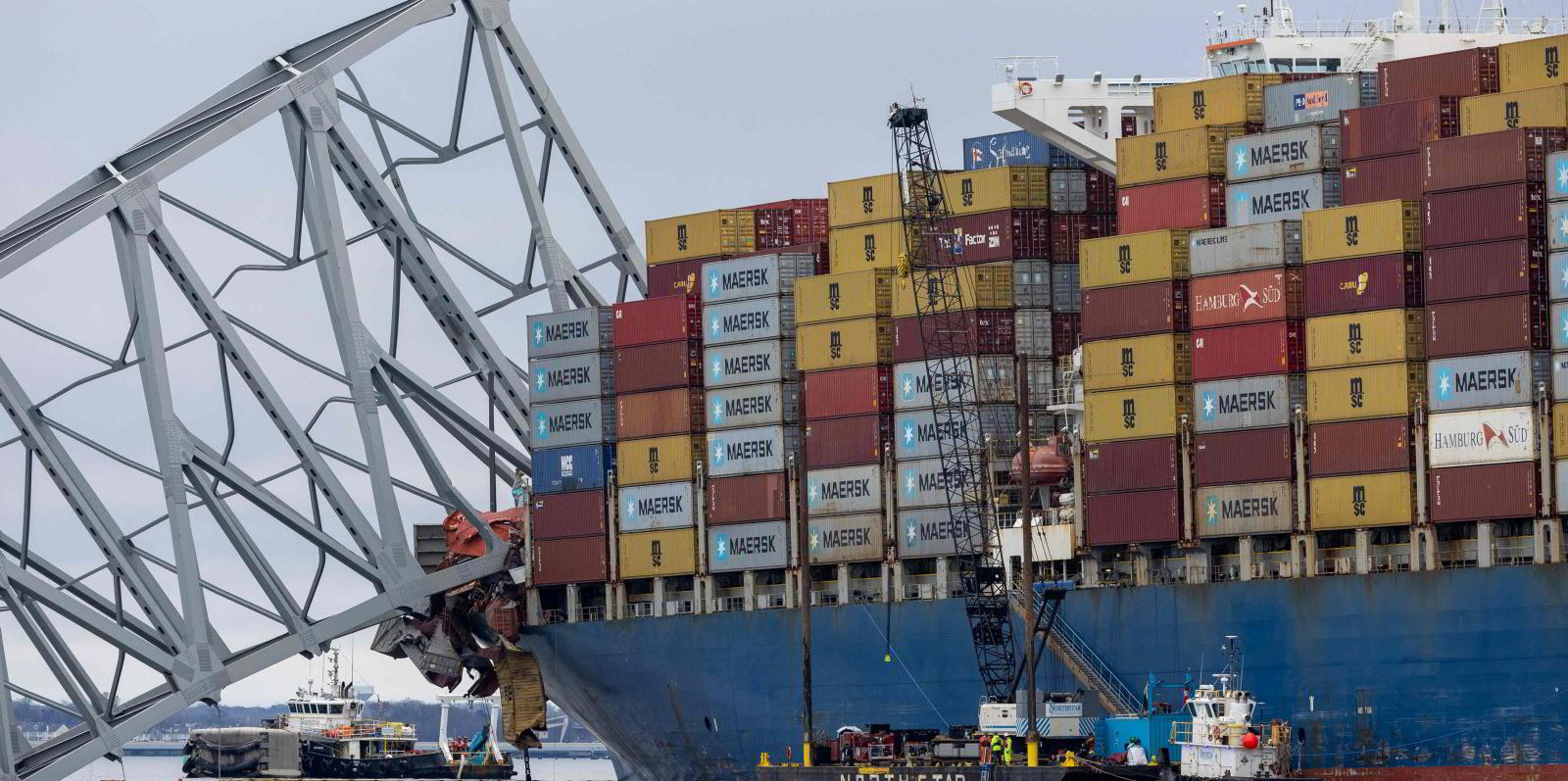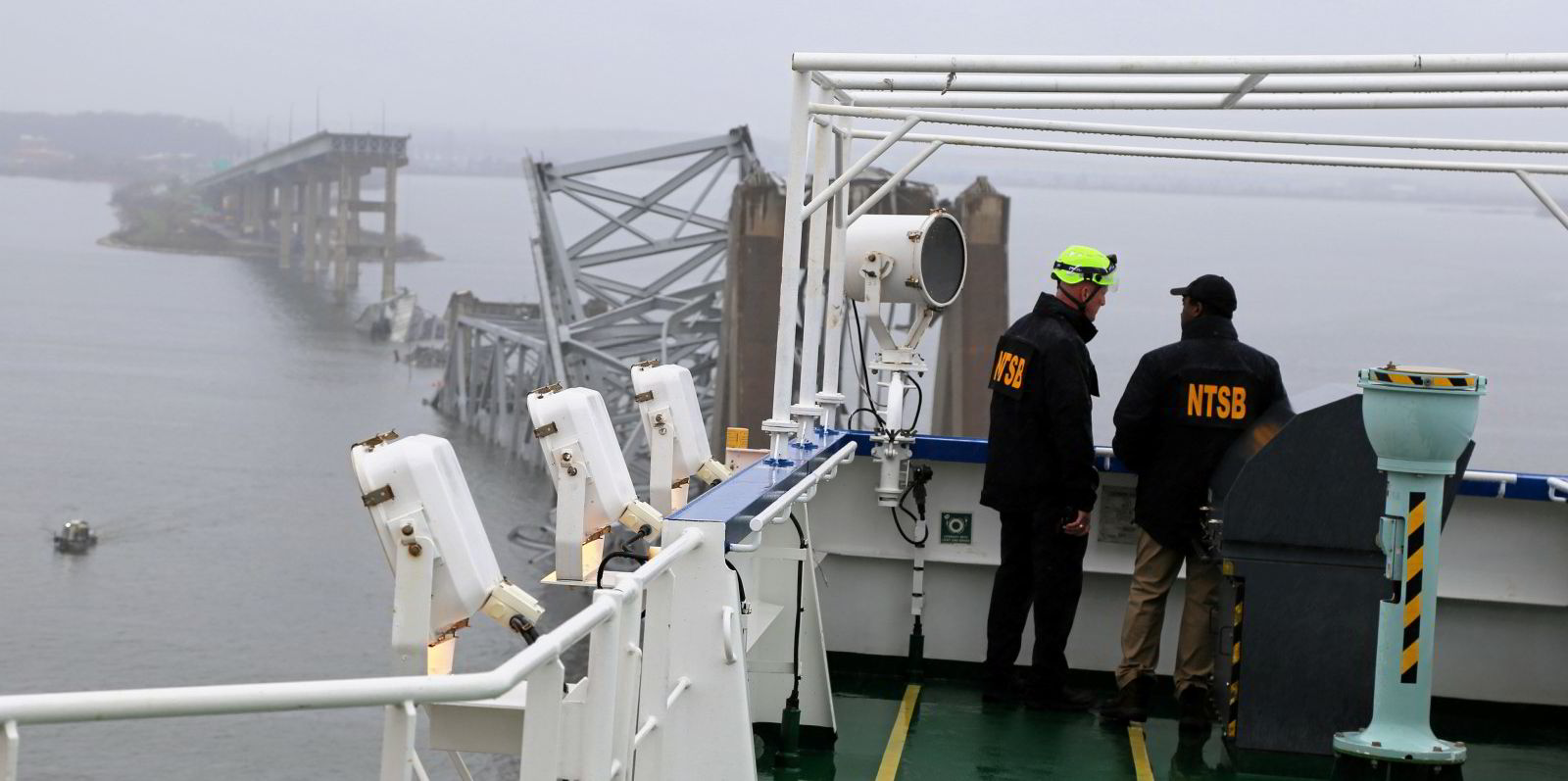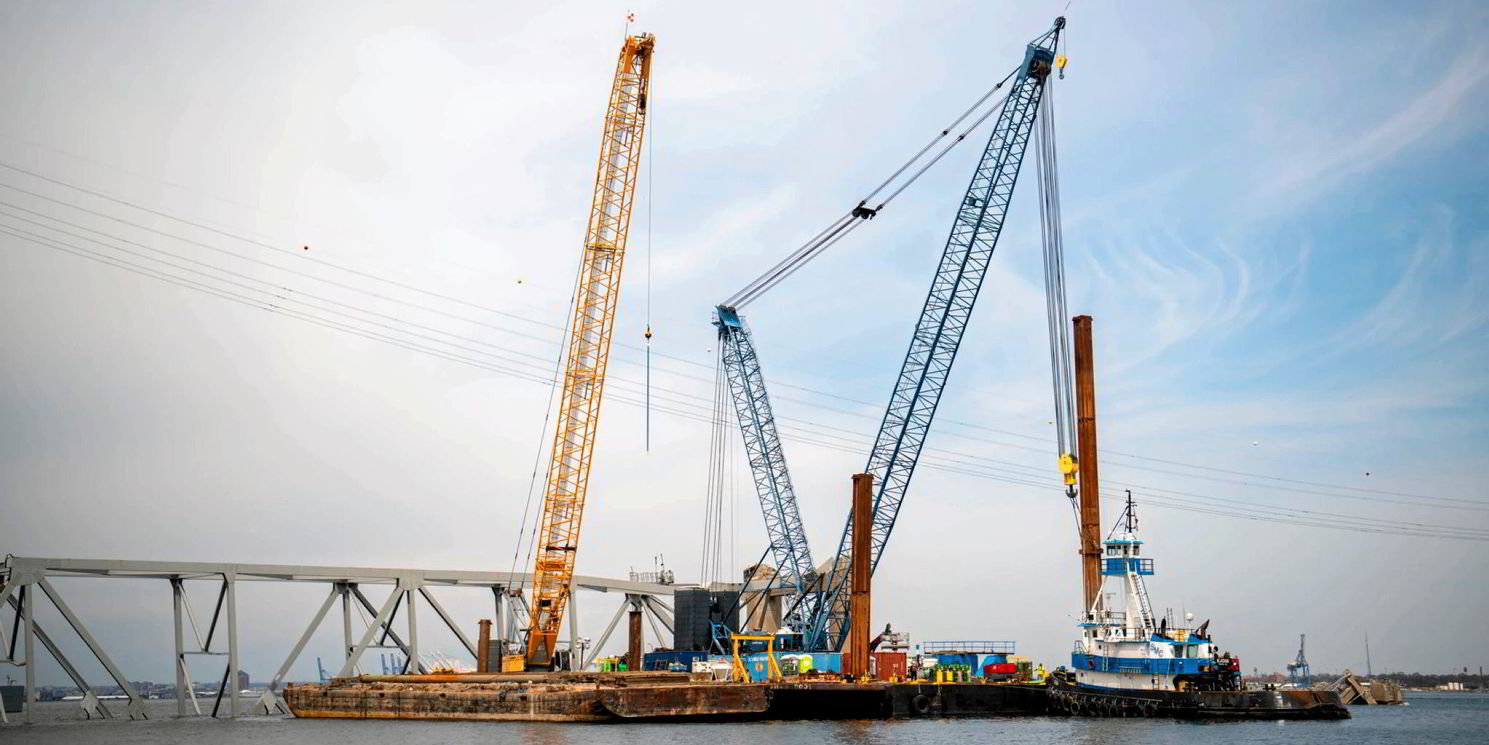When Francis Scott Key wrote his most famous poem as he watched the British bombardment of Baltimore’s Fort McHenry in 1814 from a ship on the Patapsco River, could he have known that it would become America’s national anthem? Maybe not.
When the US Coast Guard approved the permit in 1972 for a bridge named after Key that would traverse the same river, could the agency have expected that one day ships would be big enough to destroy the structure? Maybe, as the gross tonnage of the 9,962-teu container ship Dali (built 2015) was 9% bigger than the largest ship in the early 1970s.
And in 1851, when the US Congress passed the Limitation of Liability Act, could lawmakers have anticipated that when the collapse of that bridge sparked estimates of some $3bn in claims a shipowner and technical manager could seek to limit legal exposure to just $43.7m?
The answer may be harder to surmise, but that may not be the question that matters. Maybe the question is what happens next.
As far as the liability protections go for the owner and manager of the Dali, which have filed court papers in Baltimore to cap their legal exposure and deny blame for the incident, the law is what the law is today — and that limits liability at the post-casualty value of the container ship and pending freight under certain circumstances.
That fact alone should raise questions over whether the cap is still fit for purpose, and if not, what might take its place. If that questioning leads to a safety-driven rethinking of those limits, that could be a good thing.
As a journalist who has covered the legal battles that follow shipping casualties for decades, I understand the visceral reaction to the limitation of liability that my colleague Joe Brady described in the wake of the Baltimore disaster.
If a shipping company is to blame for a casualty — and in the case of the Dali it is too soon to say whether that is what happened — should it not face the full brunt of legal exposure?
But in law school, I also learned how apportioning liability is a complex dance that, when done right, can further public policy goals, incentivise behaviour that will lead to better outcomes and disincentivise behaviour that does the opposite.
In the middle of the 19th century, the public policy arguments behind the original Limitation of Liability Act were focused on giving US shipowners a better competitive position in international trades in an industry that was fraught with hazards they couldn’t control.

“Congress passed the Limitation Act in 1851 ‘to encourage shipbuilding and to induce capitalists to invest money in this branch of industry’,” then-US Supreme Court justice Sandra Day O’Connor wrote in a 2001 ruling concerning the Limitation of Liability Act.
“The act also had the purpose of ‘putting American shipping upon an equality with that of other maritime nations’ that had their own limitation acts.”
As important as a level playing field among maritime nations may be, a liability regime designed with safety as the primary motivation is more compelling, although I do not pretend to guess what that might look like.
America’s Limitation of Liability Act does consider safety, but it is historically rooted in reducing exposure to what was outside of a shipowner’s control, as vessels faced dangerous conditions without communication with owners.
Today, ships are far more connected. Could another evolution of the limitation rules, which have been amended several times, create greater incentives for better safety management with smarter ships? It is a question worth asking.
But the liability regime must also incentivise good behaviour by other actors in the complex maritime world.
For example, we can hope that investigations into the Dali casualty will tell us whether state and federal authorities should have made more investments in hardening the bridge to prevent a ship allision from leading to such a catastrophic structural failure.
Facing a properly tuned share of the liability can help motivate such investments, and where the damage to the infrastructure is so disproportionate to the value of a ship, it is not hard to see how liability limits can play a role.
Journalists have frequently cited the age of America’s liability limits for shipowners, pointing to the fact that they were used in the case of the Titanic.
The fact that a law is this old does not alone suggest that it is no longer relevant, but after an incident of this magnitude, it may be a good time to ask the question.





